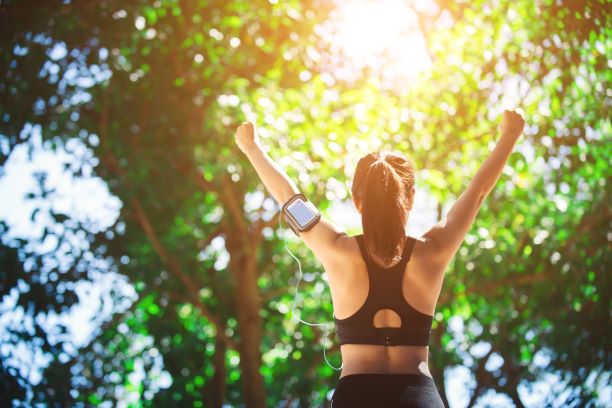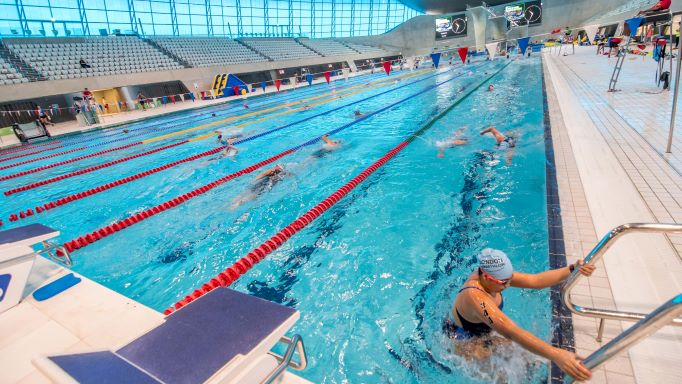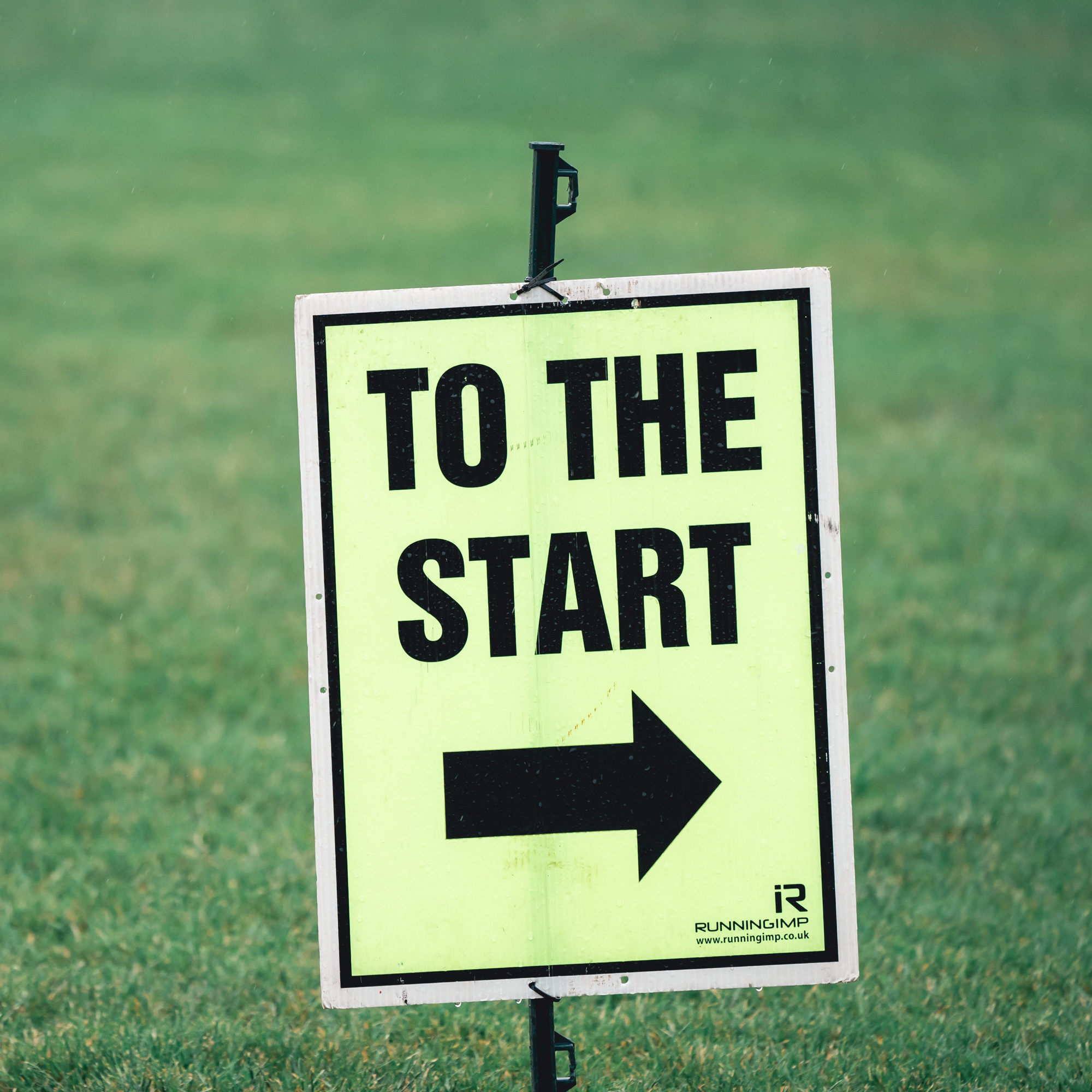AAT Events Limited trading as The Race Organiser Blog
Trying to be more eco-conscious is difficult, especially as an athlete. Environmental expert and elite athlete Travis Bramley shares 9 easy ways you can become a more sustainable athlete by making small changes in your daily life.
9 Easy Ways To Become A More Sustainable Athlete

Being sustainable is hard in a world that isn’t designed for it, and being a sustainable sportsperson is even harder. With trips up and down the country most weekends for races or training, regularly buying new sportswear and faster equipment, and an appetite akin to that of a Greek God, it’s easy to see how athletes can be branded as wasteful.
It’s important to note that the world doesn’t need a handful of people to be 100% sustainable, it needs millions of people doing their bit to become more sustainable. Here are nine easy changes you can make in your daily life to help you make your lifestyle more sustainable.
1. Make things last longer
Once of the best ways to reduce your impact on the planet and help your bank balance is to simply make things last longer. If you want to relate this to cycling and triathlon, one example is to clean your chain on a regular basis so the components last longer; another would be ensuring you wash out your swimsuit after every swim to slow the effects of chlorine.
2. Consider cutting back on meat and dairy
Going vegetarian or vegan is one of the biggest impacts an individual can have on the planet. I’m vegetarian at the moment but have a very minimal dairy intake. You don’t have to go full veggie or completely vegan to help the planet either, try cutting out meat and dairy once or twice a week at first. You never know, you might even prefer it!
3. Buy and sell secondhand
You’re probably already doing this, but buying secondhand and selling any old, usable items is a fantastic way to become more sustainable. I know many teammates who sell or give away their kit at the end of the season for financial or charitable reasons, little do they know they are being eco-friendly! It makes perfect sense if you think about it. That turbo trainer you sold to Dave down the road is one less turbo which must be made from scratch and all the raw materials required for that purpose. The same applies to anything that you buy or sell.
4. Recycle LDPE Plastic properly
LDPE plastic is unavoidable in our industry. Low-density polyethylene, to give it it’s full name, can be easily identified by the number ‘4’ on the packaging and, if used to package food, will often have a green label saying, ‘recycle with bags at larger stores’. It seems that almost every time you buy a new component or piece of clothing, the item comes in an LDPE bag. Luckily, these can be recycled easily. Some curbside recycling schemes do accept them, but I take them to my nearest designated collection point. This is likely to be a large supermarket. It’ll be a tall bin, near to the entrance/exit of the store, probably with something like ‘recycle your plastic bags here’ on the side.
5. Tyres & Inner Tube Disposal
A study by Velorim in 2018 found that 40,000 tonnes of inner tubes and tyres pile up in UK landfills every year. Bike tyres are easy to dispose of since recycling centres up and down the UK have to take these free of charge and have done for some time. Tubes require a little more leg-work.
Firstly, Velorim, the company who carried out this research, encourage local bike shops to enroll in a collection scheme. These stores then charge a small levy for collecting your tubes, which helps sustain the scheme. There’s also ‘Cycle of Good’, who take in your tubes and send them to Malawi, where they are upcycled into handmade products and sold back here in the UK to fund charitable schemes back in the African nation. The great thing about Cycle of Good is you can actually send your tubes direct to them for the cost of a small parcel, so doesn’t require a willing shop to get involved.
Finally, there’s European tyre giant, Schwalbe, who have recently begun rolling out a much-anticipated scheme where stores collect a certain weight of tubes before sending them off to Schwalbe free of charge; from here they are made into brand new inner tubes. This is certainly the scheme I am most excited about & it could have a huge impact across the industry if enough stores enroll. Retailers interested in signing up should contact ‘recycling@schwalbe.co.uk’.
6. Use your voice
Using your voice is arguably the most powerful thing you can do for the planet and doesn’t cost a penny. First of all, keep up to date with the latest environmental petitions and make sure you sign them. Secondly, remember that every time you buy anything you are essentially casting a vote, saying you endorse that product. So, use your ‘votes’ and purchasing power carefully. Support companies you deem to be doing their bit and bypass those who aren’t. Lastly, don’t be afraid of kicking up a fuss on social media, writing to your favourite brands and making them very aware that you want to see change. They will have to listen at some point.
7. Gel Disposal
One of my pet hates is sports nutrition packaging, particularly when brands claim the ingredients are healthy and all natural yet wrapped in plastic. Until the industry finds a way of mass producing wrappers which are widely recyclable or biodegradable, Terracycle is an option for those of use not wanting to throw them in the general waste. In a scheme funded by nutrition company, High5, you can either bring packets along to designated sporting events, or send them direct to High5.
8. Buy a Guppy Bag
Don’t ask me why it’s called a Guppy Bag, I haven’t a clue! However, I’ve been using one for around a year now and will never look back. Unfortunately, almost every item of sports clothing out there is made partly or entirely out of polyester or another form of plastic. When washed, your favourite cycling jersey or swimming trunks sadly shed microplastics into your washing machine which then end up in our rivers, lakes and eventually the ocean. A guppy bag allows your clothes to still wash effectively but stops the vast majority of microplastics from leaving your washing machine.
9. Consider carbon offsetting
I’ve left this one until last as it’s definitely something that not all of us can afford to do. If you are fortunate enough to be able to offset the carbon generated by your trips to races, then I urge you to consider it. If like me, you can’t afford to, I would still encourage you to download one of the many carbon offsetting apps out there, input your journeys and see how much carbon even the shortest trip to the shops generates. It will make you think twice the next time you are considering opting for the car on a journey which could be replaced by pedal-power.
About the author: Travis Bramley is a competitive cyclist who races for Nopinz Motip Race Team. Aside from cycling, Travis’ other great passion is sustainability. Travis is studying for an undergraduate degree at Loughborough University in Geography & Management, looking towards a career in sustainability thereafter. You can follow Travis on Instagram @sustainable_cyclist.
Categories
Recent Blog Posts
-

NEW EVENT ANNOUNCEMENT: UK'S FIRST BACKWARDS HALF MARATHON
31/03/2022, 08:58
-

What Is An Aquathlon? Everything You Need To Know About Aquathlon In 2022
23/03/2022, 09:49
-
These Expert Tips Will Answer All Your Questions About Half Marathon Training
31/01/2022, 13:24
-

Everything You Need To Know About 'Where Am I?' Races And How They Can Improve Your Training
19/01/2022, 14:29
-

A brighter future for The Race Organiser group of events
30/11/2021, 10:22
